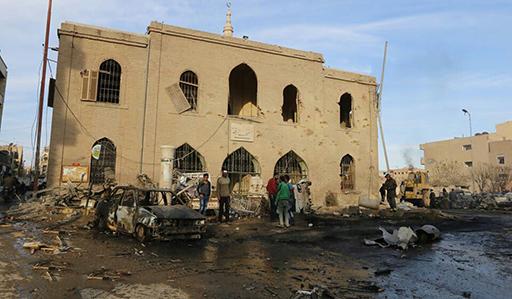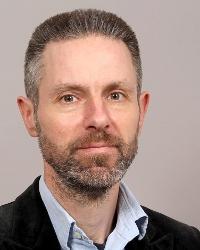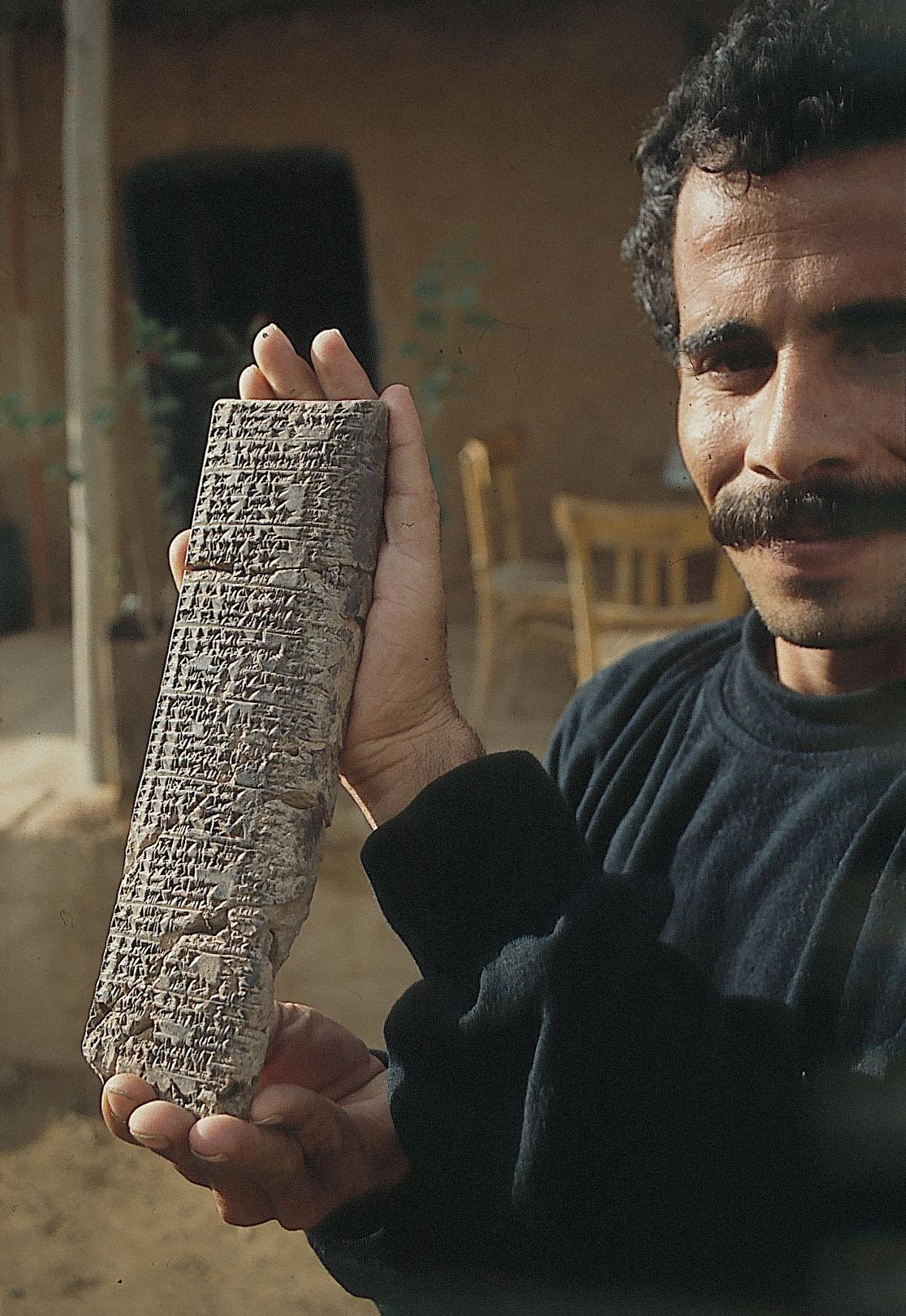Almost the entire contents of the archaeological museum located in the northern Syrian city of Raqqa has been looted by IS. At some point, many of the stolen objects will reappear on the market (or black market), and then a reliable digital inventory will be invaluable for agencies such as Interpol, the Syrian police and international heritage institutions, which will be called on to identify the objects.
Leiden archaeologist Olivier Nieuwenhuijse, who is affiliated to the Leiden-Delft-Erasmus Centre for Global Heritage, will prepare this inventory. He received financial support from the Prince Claus Fund for this project, called ‘Focus Raqqa’.
Nieuwenhuijse werkt hierin samen met Khaled Hiatlih, een Syrisch erfgoedarcheoloog die naar Nederland is gevlucht, en met de Syrische Oudheidkundige Dienst in Damascus.

Northern Syrian: an archaeological paradise
The museum housed around 6000 objects excavated in the Balikh Valley north of Raqqa, which is famed as an archaeological paradise. Northern Mesopotamia has been inhabited since prehistoric times and was a province of the flourishing Assyrian Empire in 1200 BCE. The valley was also densely populated in Roman times. The collection included prehistoric painted pottery from the Dutch excavations at Tell Sabi Abyad, clay tablets with cuneiform writing, and other objects from the Assyrian era, plus valuable gold jewellery worn by the Roman elite.
International standards for identifying objects
There is as yet no detailed inventory of the museum that meets the international standards for identifying stolen objects. The researchers will collate paper inventory listings from the Syrian Directorate-General of Antiquities and Museums with detailed photos and descriptions from the archives of various European research institutes that have conducted excavations in the Balikh Valley.

Pioneering role for Dutch archaeologists
Dutch archaeologists, first from Amsterdam and later from Leiden, have played an important, pioneering role for decades in the archaeology of Northern Mesopotamia and provided much new knowledge about the history of the ancient Near East and of humankind.
Read here about the Leiden excavations.
Helping archaeology get through a difficult time
Nieuwenhuijse explained, 'This work has been at standstill since the war in Syria and the conquests by IS and has been largely destroyed, which is of course traumatic for our colleagues in Syria and for us. But that doesn't mean we can't do something.' He can't bring back lost or destroyed objects, but it is now Nieuwenhuijsje's mission to help the archaeology of Northern Syria get through this difficult time by trying to save information in several ways.
Constructing an inventory is one of them. In addition, Nieuwenhuisje is working with scientists at TU Delft to make 3D scans and prints of clay tablets with cuneiform writing, using plastic moulds from the National Museum of Antiquities in Leiden.
Scanning for Syria. The tale of the turquoise clay tablets
Pilot: is it technically possible?
Nieuwenhuijse and Hiatlih are starting on their inventory with a pilot of 500 of the most valuable objects in the museum's collection to see if it is technically feasible. If the pilot is successful, they will document the entire collection of 6000 objects.

